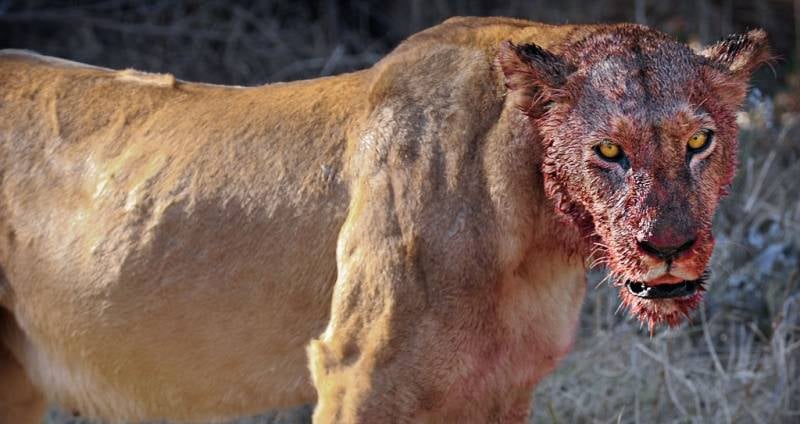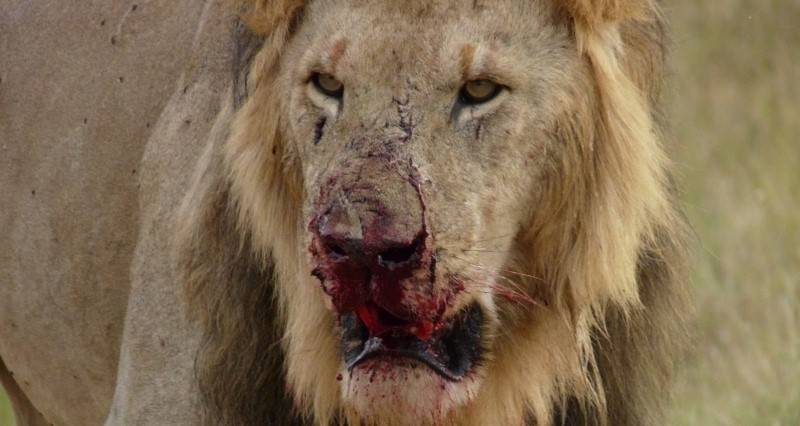Over the last few
years, the Sibuya Game Reserve in South Africa has faced several intrusion by
poachers attracted to the reserve’s vast diversity of animals. Now, in what
some are calling an act of nature’s karma, a group of poachers who broke into
the reserve to hunt rhinos has been devoured by a pack of hungry lions.




The park’s owner,
Nick Fox, believes that the groups of poachers were eaten alive by the pride of lions sometime between the
evening of July 1 and the early morning of July 2 and so little of their
remains were left, investigators weren’t even sure how many people were killed.
“The only body part we found was one skull and one bit of pelvis, everything else was completely gone,” said Fox.
However, they
suspect that it was three men because they found three sets of shoes and
gloves. Additionally, typical rhino poaching groups are usually made up of
three people. Sibuya is located in the South African province of Eastern Cape.
Within its 30 square miles live the five biggest game animals in Africa: lions,
rhinos, elephants, buffalos, and leopards.

Fox reported that
one of the reserve’s anti-poaching dogs gave a warning that something was wrong
at around 4:30 a.m. on July 2. The dog’s handler then heard a commotion from
the lions but didn’t investigate further since it was typical behavior for that
time of the morning.
Later on, one of
the reserve’s rangers stumbled upon the bloodied remains. The police were
notified and together with Sibuya employees, found gear scattered throughout
the bushes. This included a high-powered rifle with a silencer, an ax, and wire
cutters “which is a surefire sign of rhino poachers,” Fox said.

There are about
29,000 rhinos in the world and South Africa is home to around 80 percent of
them. According to the South African Department of Environmental Affairs, 1,028
rhino were poached across South Africa in 2017.
Rhino horns are
appealing to poachers for several reasons. In Southeast Asia, particularly
Vietnam, rhino horns are in high demand because they are believed to contain
strong medicinal properties, where they can go for as much as $100,000 per
kilogram (a little over two pounds). And with horns averaging around two to
seven pounds each, a poacher could potentially make up to $300,000 off a single
rhino horn.
On the South
African black market, the horn of a white rhino reportedly sells for up to $3,000 a pound. And in
other areas like China, the demand for rhino horns (which are made of keratin)
and ivory from elephants comes from their increased use in carvings for
artwork.
A search party
enlisted the help of a helicopter to scout for any survivors, though they
haven’t found any thus far. Detectives are also investigating to determine the
exact number of people eaten.
“We found enough body parts and three pairs of empty shoes which suggest to us that the lions ate at least three of them but it is thick bush and there could be more,” Fox said.
Fox said that
though the incident was sad, it also should send a message to other poachers
who risk their lives by illegally hunting game in his reserve. “The lions are
our watchers and guardians and they picked the wrong pride and became a meal,”
he said of the poachers.
Comments
Post a Comment